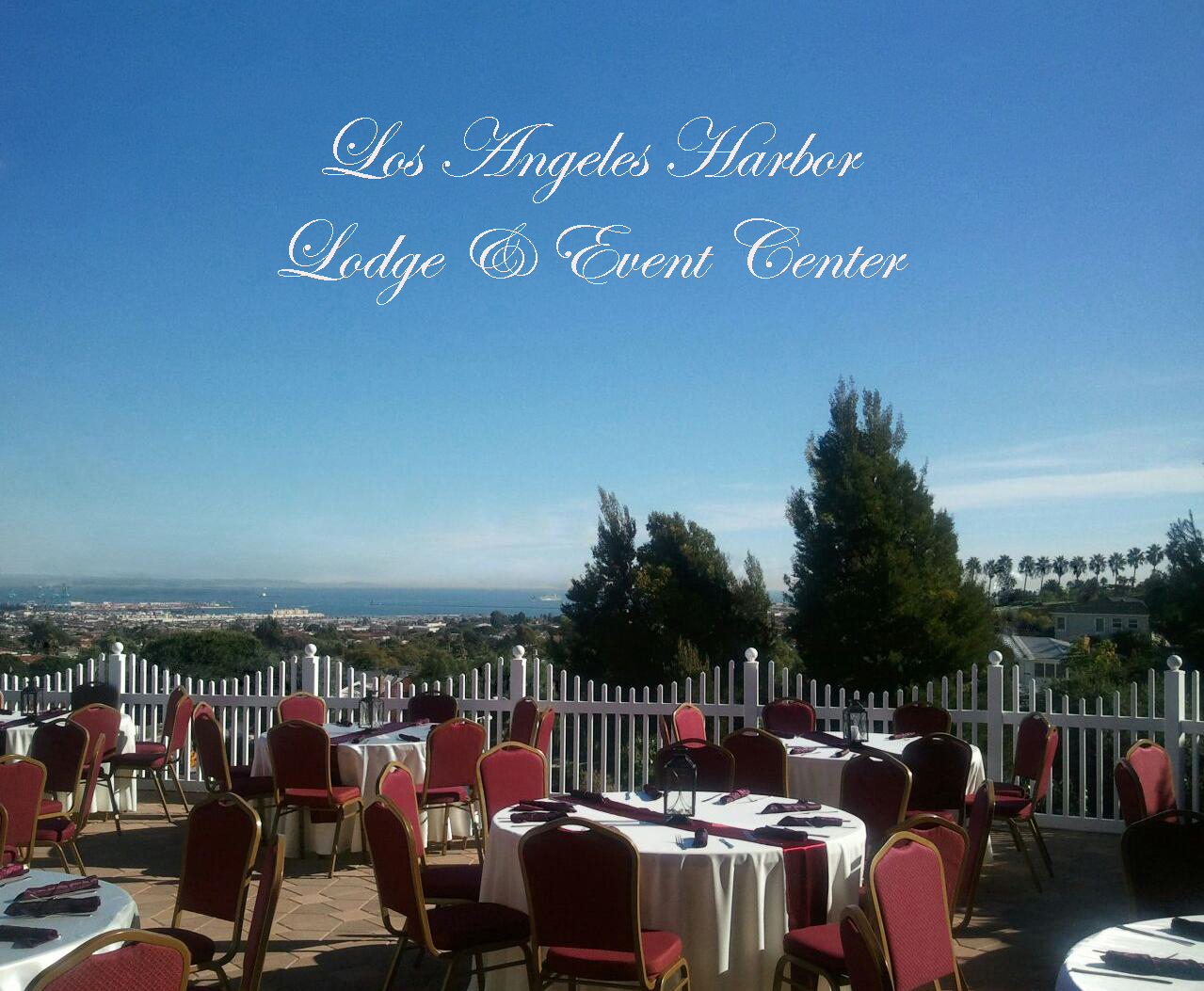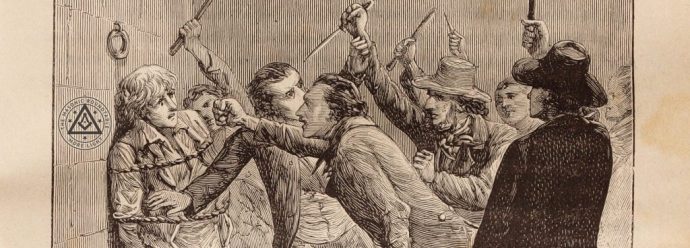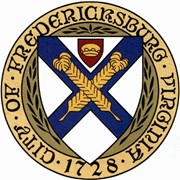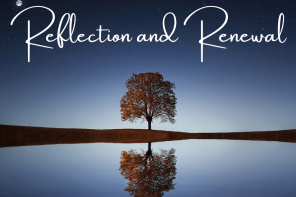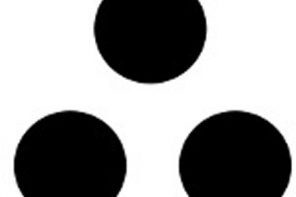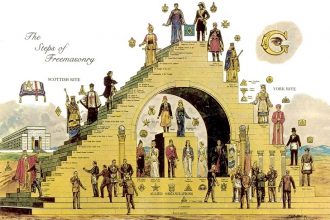Masons take an obligation to keep the secrets of the order, which include much of the ritual that they observe during their degrees. For centuries this ritual has been passed down verbatim from one brother to the next. The goal has always been to keep the ritual pure, but it has changed. Each grand lodge has its own variations on the language.
When the Premier Grand Lodge of England was formed in 1717, it was intended to help standardize the ritual among the various lodges. However, not all lodges joined this grand lodge, leading to variations in ritual through the “Grand Lodge of the Antients” and other grand lodges that were soon established in Europe and America.
Within a short period, exposures of the ritual began to appear in print. The first one to be widely disseminated was by Samuel Pritchard, whose intent was probably to make money from Masons who wanted help with their ritual. His book “Masonry Dissected” was first published in 1730 and is believed to be the first printing of all three of the craft degrees. It was re-printed many times, not just in English, but also in French, German and Dutch. The book was to be used well into the 19th Century.
In 1787, “Jachin and Boaz or an Authentic Key to the Door of Freemasonry, Both Ancient and Modern” made its appearance in London. The name, of course, refers to the columns at the entrance to King Solomon’s Temple. The title page goes on to state: “Calculated not only for the instruction of every new-made mason; but also for the information of all who intend to become Brethren.”
The anonymous author of this pamphlet states that he “has the honor of being well respected in most of the lodges of reputation in this metropolis and is a frequent visitor at the Queen’s Arms, St. Paul’s Church Yard; the Globe, in Fleet Street; the Jerusalem at Clerkenwell; Half Moon, Cheapside; Crown and Anchor, in the Strand; Salutation, Grey-Friars; and several others of less note.” Later plain language rituals included “Duncan’s Ritual” and “Lester’s Look to the East,” both published in the mid-19th Century.
“Jachin and Boaz” was republished in New York in 1802 and Boston in 1803, rapidly finding its way into the hands of Masons and non-Masons alike throughout the United States. This little book may have been the means by which some non-Masons taught themselves enough ritual to pass as brethren at a time when lodges merely relied on a man’s command of Masonic knowledge to grant him admission. At that time there was no card or letter carried by Masons to be scrutinized by a lodge investigating committee. This attempt to help Masons to learn their ritual may have set the stage for the most notorious Masonic exposure of all, “The Morgan Affair.”
No record has been found to indicate that William Morgan was a Freemason before 1824, when he may have visited the lodge at Batavia, New York. He later joined the York Rite. However, he was an operative mason by vocation and various injuries had left him unable to work and support his wife and family, leading him to rely on Masonic charity to make ends meet. The Morgan story is too long to retell in our limited space, but in the summer of 1826 he announced that he was publishing the Masonic ritual, including the Royal Arch degree, after he was barred from being a founding member of a new chapter.
He was arrested on a charge that he owed a debt on September 11, 1826 and ultimately disappeared, causing many to believe he was murdered by Masons. This scandal was to lead to the formation of the “Anti-Masonic Party” which was specifically set up to rid the American political scene of all active Masons. One of its biggest supporters, though not a member, was President John Quincy Adams, who was ironically defeated for re-election in 1828 by Andrew Jackson, an active Mason and Past Grand Master of the Grand Lodge of Tennessee.
Morgan’s book was published after his disappearance and remains in print to this day. One of the companies that kept it alive was Ezra Cook Publishing of Chicago, Illinois. Cook was the son-in-law of the Reverend Jonathan Blanchard, best known as the founder of Wheaton College. Blanchard was 15 years old at the time of Morgan’s disappearance and reached his majority surrounded by the anti-Masonic fervor of the 1830s. His great goal in this life was finding ways to expose the secrets of Freemasonry. The Morgan book was just a part of his portfolio. In the 1880s he obtained a copy of the 4th through 33rd Degrees of the by then extinct Cerneau Rite of the Scottish Rite which had merged into the Northern Masonic Jurisdiction of the Scottish Rite in 1867. At the time of Blanchard’s exposé, there was an attempt to re-establish “Cerneauism,” but it died out permanently in the 1890s when Grand Lodges threatened expulsion to any Mason involved with that Rite.
Blanchard’s exposés of Cerneau degrees are followed up with an “historical analysis” which was his way of trying to degrade the content and intent of the ritual. When frustrated with not finding a smoking gun in his allegory he would often blurt out “This is hypocrisy!” Rather than “outing” the Scottish Rite ritual with this two volume set, Rev. Blanchard succeeded in preserving a ritual that would most likely have been lost.
Blanchard also had Cook publish the full Michigan ritual, among others. Ironically though, far more of his exposés were acquired by Masons working on their ritual than those who wished to harm the Fraternity. Ezra Cook was well aware of this and noted it in his advertisements. Like Pritchard, he was really in it for the money.
by Charlie Fisher
Reprinted by kind permission from the Southern California Research Lodge’s “Fraternal Review.”
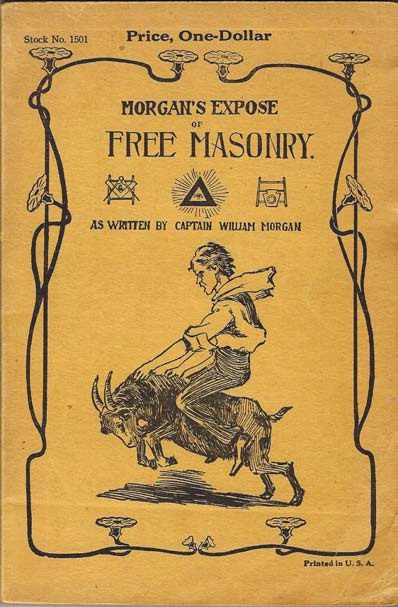
The author is a Past Master of South Pasadena Lodge No. 290. He is a member of Southern California Research Lodge No. 1005, where he serves at its Chaplain.
